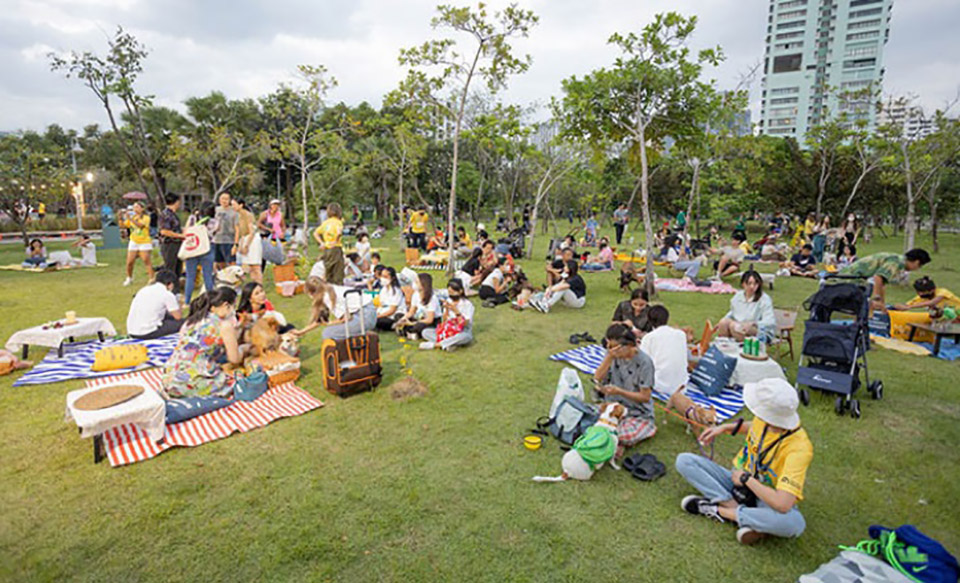
Bangkok residents are set to experience improved air quality this week, with PM2.5 pollutant levels predicted to decrease in the days ahead. The Air Quality Monitoring Centre of the Bangkok Metropolitan Administration (BMA), known as AirBKK, reported PM2.5 concentrations in the capital on Sunday (Feb 25) morning were below the 24-hour safe exposure threshold of 37.5 micrograms per cubic meter (µg/m³), ranging between 12.8-26.8 µg/m³.
The situation is expected to improve further by March 3 due to favorable airflow over the city. No fire hotspots were detected in Bangkok, indicating the city’s air quality improvement is not directly affected by wildfires.
In contrast, the North and Northeast regions are bracing for a surge in air pollution levels attributed to ongoing wildfires. The Geo-Informatics and Space Technology Development Agency (GISTDA) identified elevated PM2.5 levels in 17 provinces, with Lamphun and Sukhothai recording the highest concentrations.
The widespread fires, particularly in provinces like Chiang Mai, Mae Hong Son, and Phitsanulok, have resulted in unhealthy dust levels for the majority of residents in these areas. Difficult terrain has complicated firefighting efforts, with significant hotspots identified in Ob Luang National Park in Chiang Mai’s Hot district, along with Muang and Pai districts in Mae Hong Son and Wang Thong district in Phitsanulok.
In response to the escalating crisis, Deputy Prime Minister and Minister of Interior Anutin Charnvirakul recently directed all provincial governors to address wildfire incidents and enforce regulations against farm burning to mitigate air pollution. (NNT)









